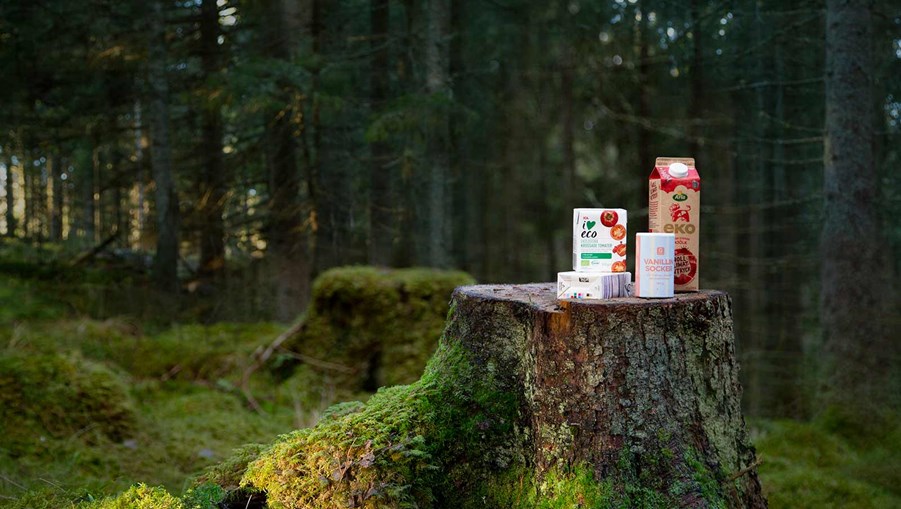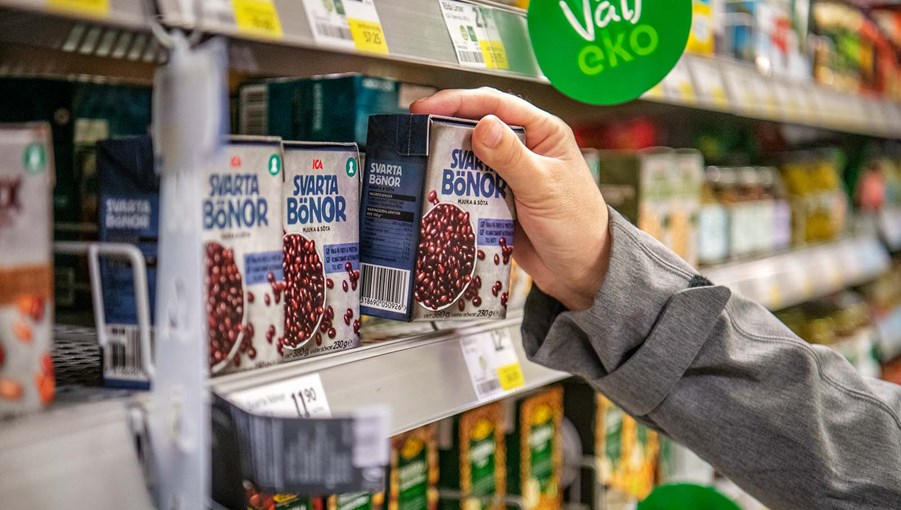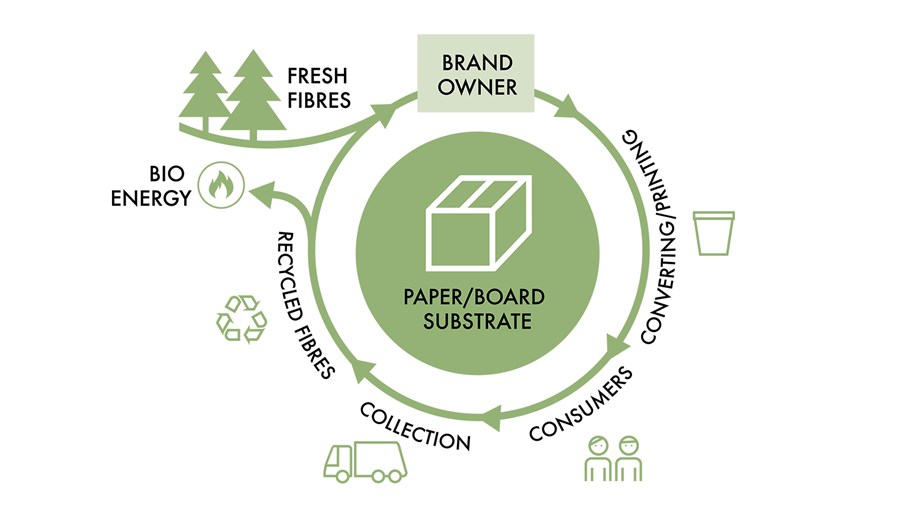
Consumption needs to decrease and circularity increase, if we are to succeed with the green transition. The packaging industry undoubtedly leads the way when it comes to recycling and circular solutions. But there is still a long way to go. “We need to work together much more, across the whole of Europe,” says Jon Haag, Chief Circular Officer.
While the European Commission develops its proposals for new legislation to promote circularity intensive work is continuing on both the research and the commercial front. However, there are many challenges.
“The good and bad thing about packaging is that we use such a huge amount of it,” explains Jon Haag, Chief Circular Officer for the new Swedish recycling company &Repeat, who previously had a long career in the forest-based packaging industry.
“For consumers who want to truly feel they’re making a difference for the environment, food, and consequently packaging, is a clear marker. You can do the right, or wrong, thing every day,” he states.
The packaging industry should collaborate
Yet consumers do not bear the main responsibility for making the packaging industry more circular, according to Patricia Oddshammar, Head of Circular Solutions at Swedish forest industry company Stora Enso.
“The industry needs to collaborate more, not least across material boundaries. Those of us who work with paper tend to talk about our area, and the plastic producers talk about theirs. But sometimes a combination of materials may be the best solution,” she says.
Jon Haag also sees collaboration as an important piece of the puzzle.
“We certainly do need to work together much more, across the whole of Europe. Personally, I think the best idea would be for manufacturers and businesses to shoulder the responsibility for collection and recycling capacity. In this context, producer responsibility is still too cheap and unclear to make an impact.”
At Karlstad University, lecturer Helen Williams is researching how packaging could contribute to more sustainable development. She agrees that the industry has considerable responsibility for improving circularity, but also for sustainability work in a broader sense.
“Circularity is important, but it’s not the only path to sustainable development. There are so many things we need to bear in mind at the same time, and if we fail to acknowledge the complexity of sustainable development, there is a risk that we’ll create more problems,” she comments.
“Returns, sorting and creating new products from recycled material – all these areas need to be improved,” she adds.
“But however much effort we put into developing circularity, it will never take us all the way. The circular economy has huge potential to reduce environmental impacts, but it’s not the answer to everything. It all comes down to the fact that we need to reduce our consumption.”
More circular packaging design
If progress is to be made on increasing circularity, there needs to be a shift right from the drawing board.
“It’s unnecessary to have products that are composed of too many materials. By thinking a little more smartly when designing products, we can create an incentive for more sustainable solutions,” says Patricia Oddshammar.
“Of course it’s important that things look attractive to the consumer, but we know that some components make packaging incredibly difficult to recycle. So why use those components?”
Jon Haag agrees:
“Eco-friendly materials, simple to use, easy to separate, easy to recycle – that’s the right direction for the packaging industry. And legislation can make it happen.”
Helen Williams is thinking along the same lines:
“Consumers currently have few options, which indicates a need for clearer steering instruments,” she says, adding:
“Taxation may be one approach. Fossil materials need to be more expensive. We need to use more of what we’re already recycling.”
Patricia Oddshammar agrees, but also highlights the need for legislators to keep pace with developments when it comes to the actual definitions of what recycled material is.
“Clearer guidelines are required at EU level. At the moment, quite a lot of what the producers report is quite arbitrary.”
A closed system is a utopian dream
None of the three experts believe that a circular system can operate entirely as a closed loop, without being topped up with new material.
“A fully closed raw material system is a utopian dream – it doesn’t exist,” says Helen Williams, who continues:
“It’s impossible to use recycled material everywhere, particularly in the packaging industry, which is sometimes subject to extremely strict hygiene requirements.”
“All material systems have major losses and nothing can be topped up as effectively as cellulose, which is bio-based and made from carbon dioxide,” states Jon Haag.
All three experts agree about the need to expand the logistics for collection and recycling in order to improve circularity. The same applies to the fundamental problem that Helen Williams has already mentioned.
“We consume far too much. Think, for example, about all the unneeded food that is purchased and then just thrown away,” she says.
“In the future, I believe the most sustainable companies will therefore be those that earn more from selling less,” concludes Jon Haag.
The Green Deal och EU's plan for increased circularity
In December of 2019, the European Commission presented its Communication on "The European Green Deal" as one of its main priorities.
The Communication aims at putting Europe on track for a green transition and defines upcoming policy proposals of importance related to for instance energy, industry, economy, agriculture, biodiversity and – one of the main ambitions – a more circular economy.
In the spring of 2020, the Commission adopted the new Circular Economy Action Plan to speed up the work towards a circular economy.
It focuses on four measures to improve and extend product life cycles:
- Sustainable products should become the norm
- The position of consumers must be strengthened
- Great focus should be placed on reducing waste and wear and tear behavior
- The plan should clearly focus on sectors that use a lot of resources and have great potential to become more circular.



